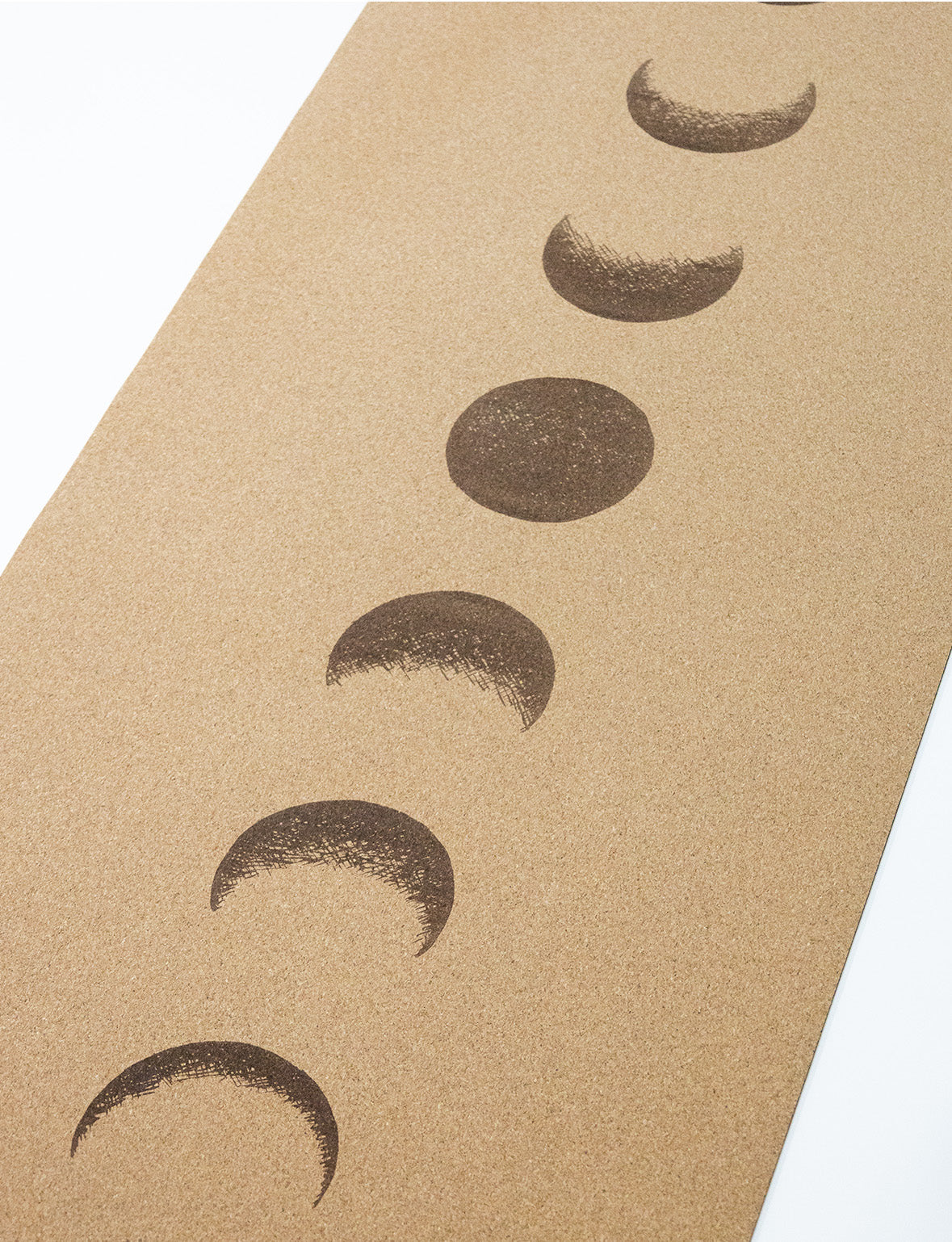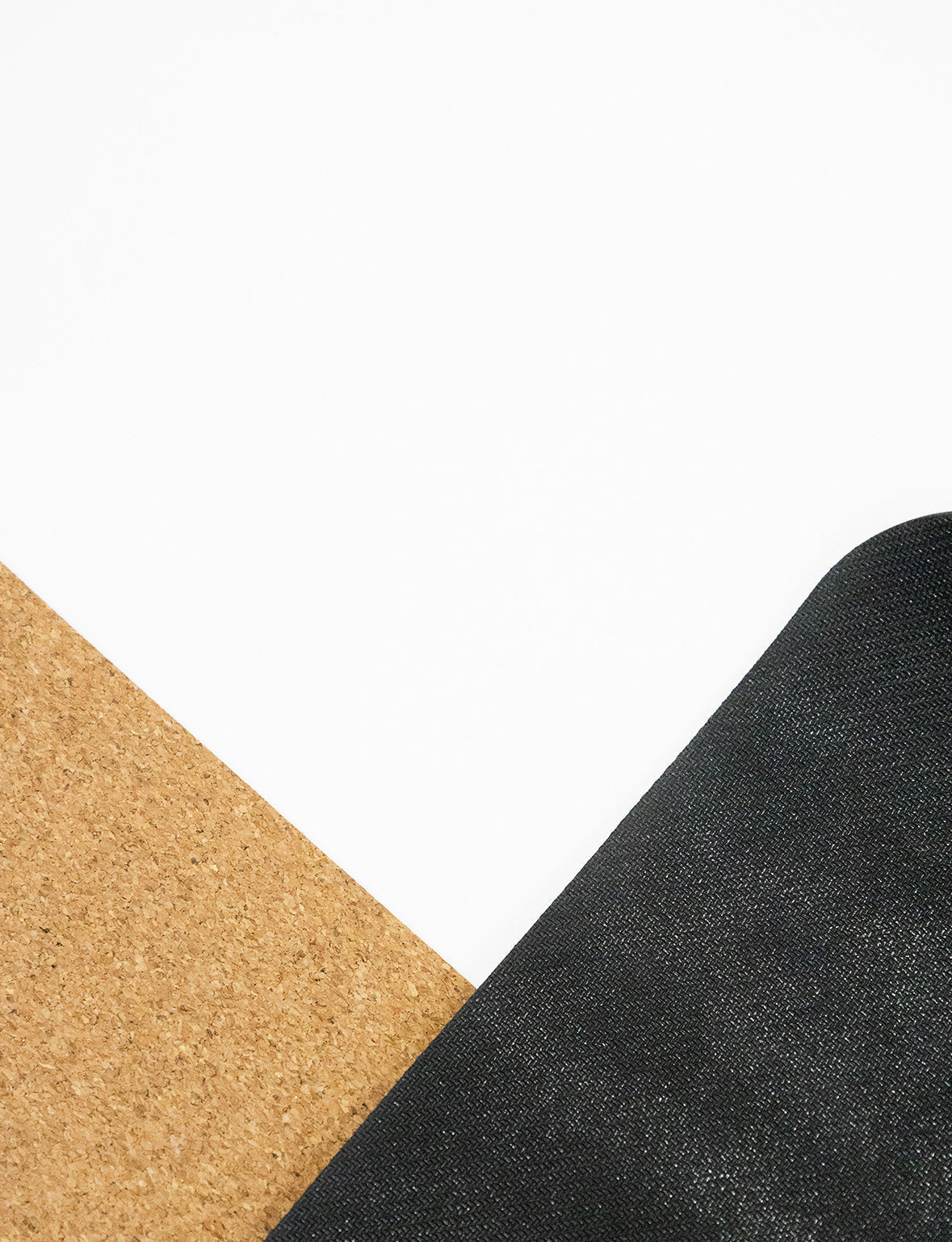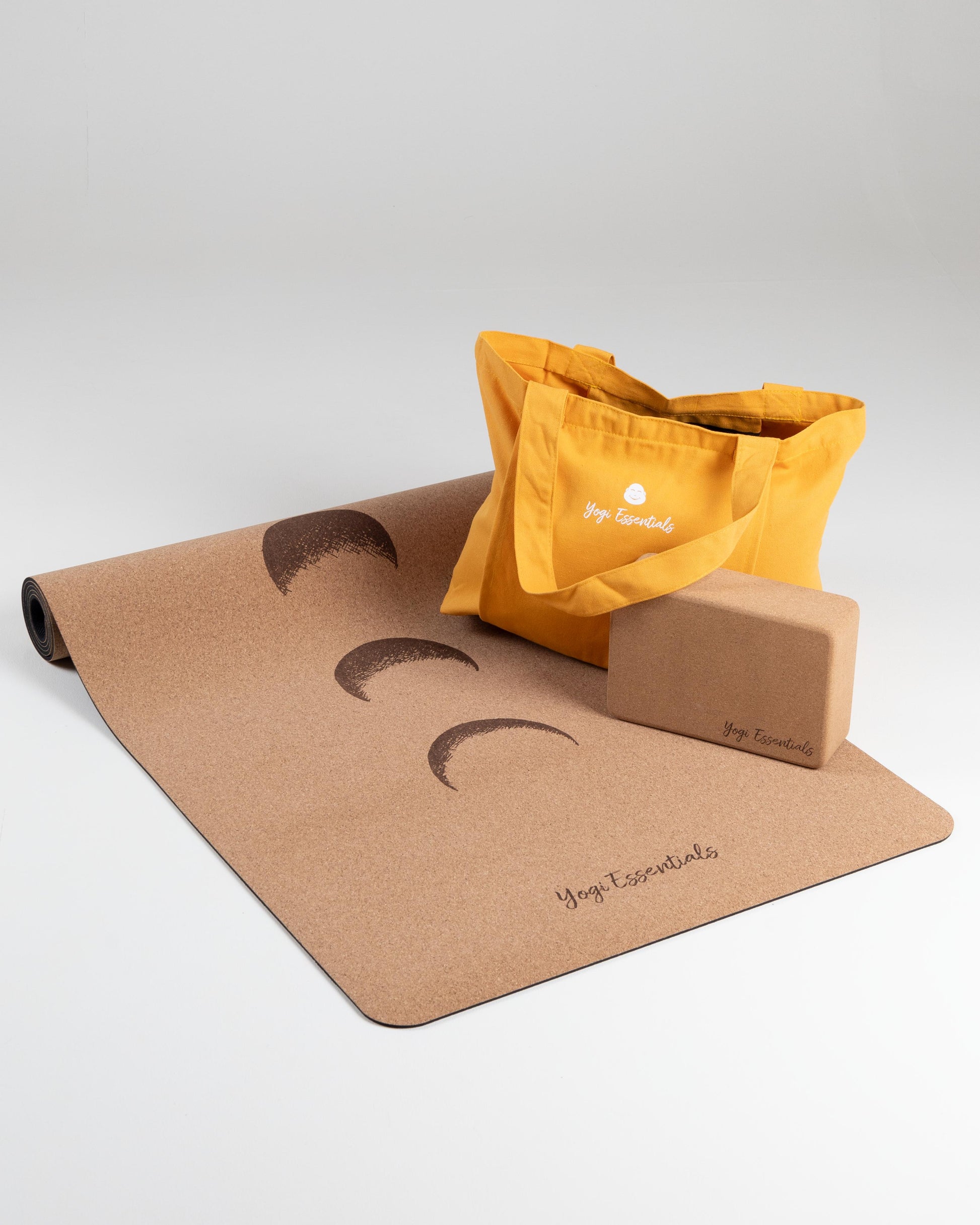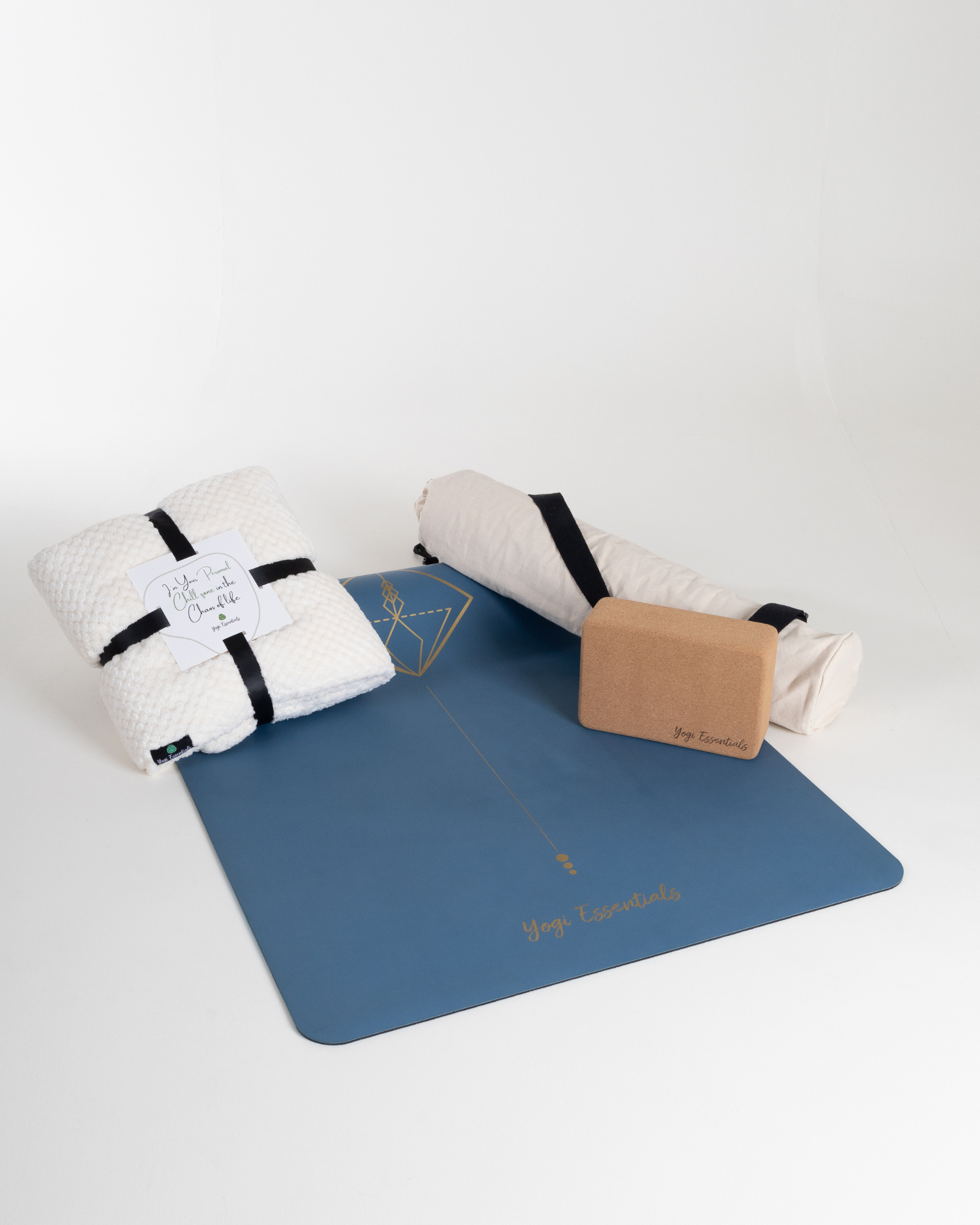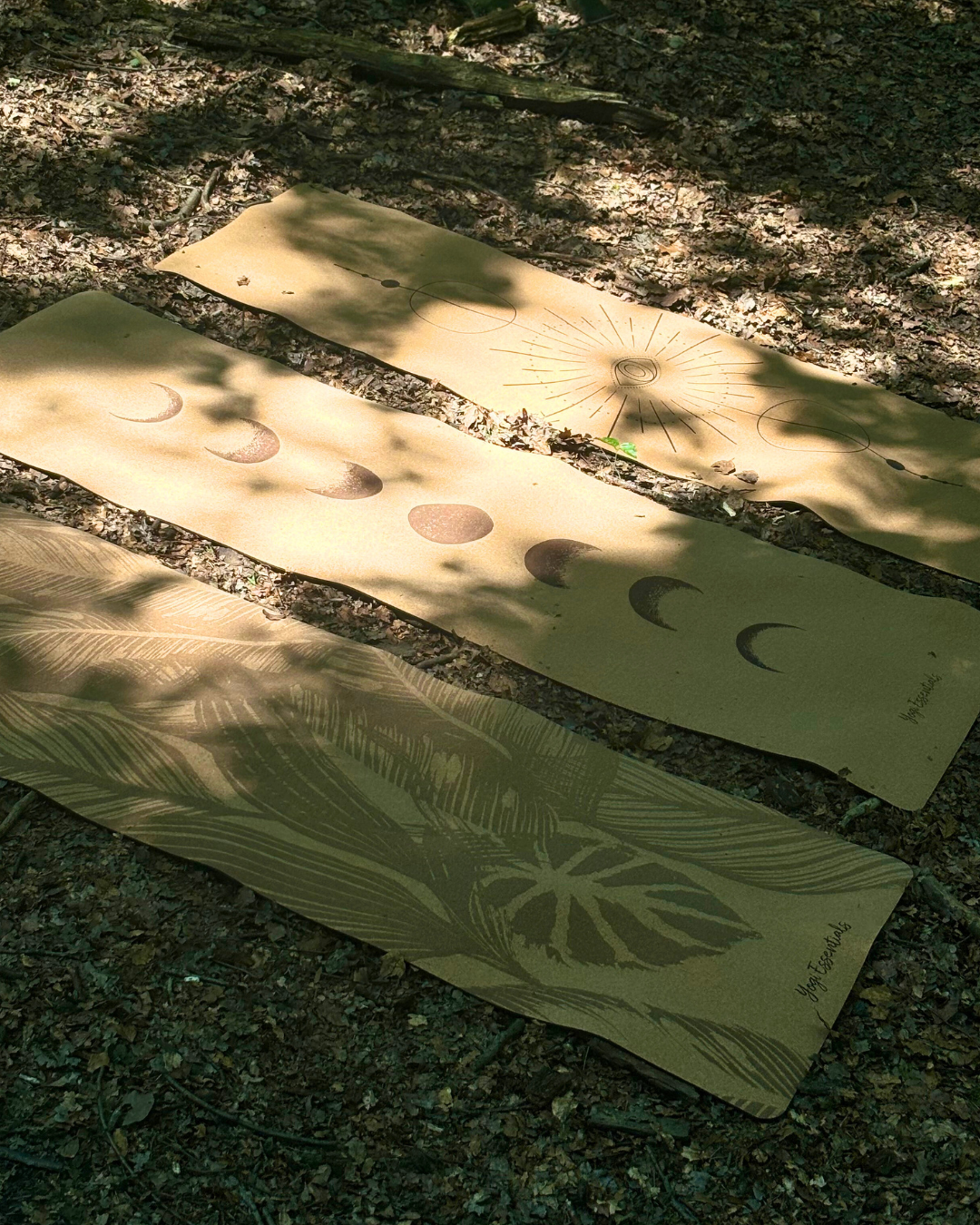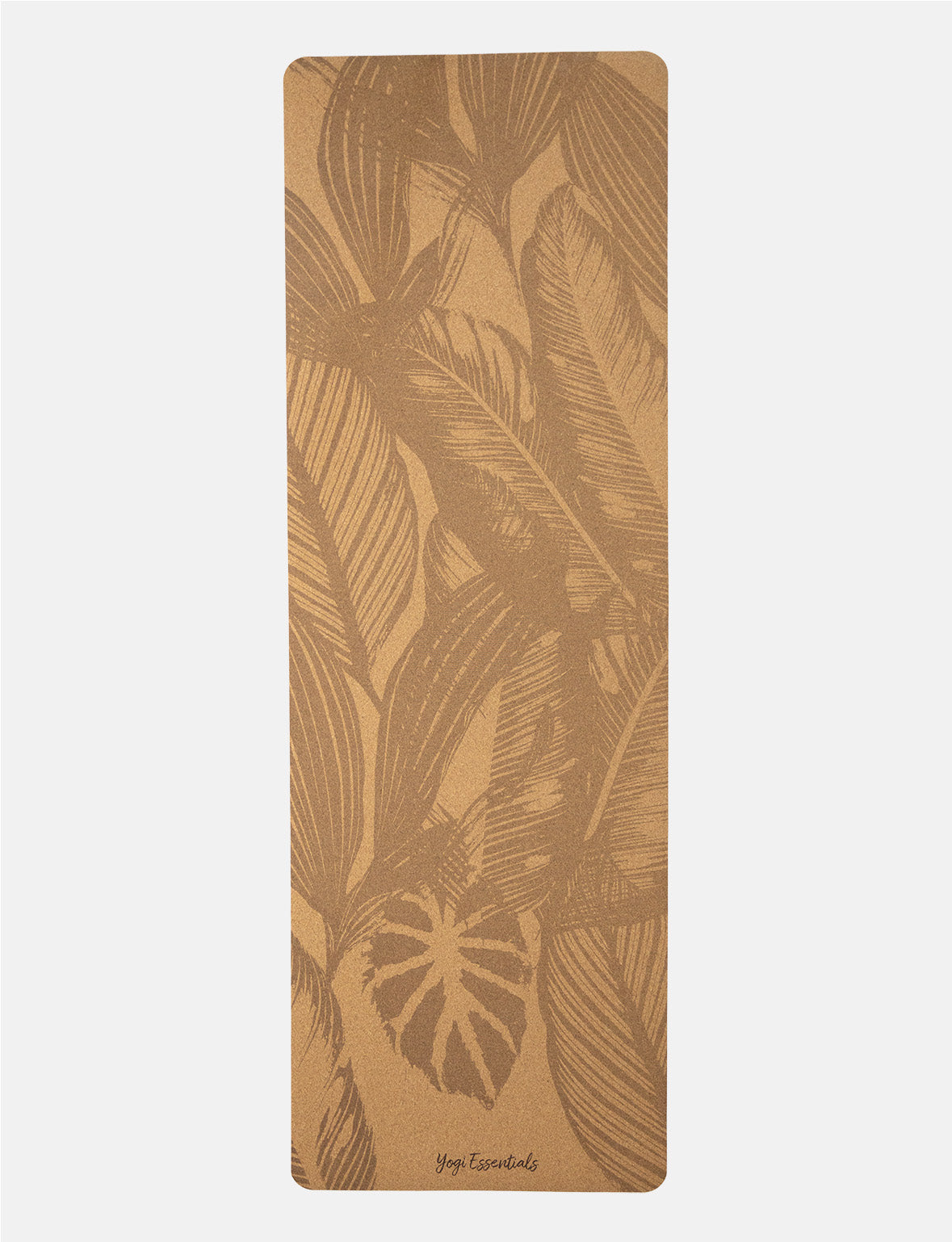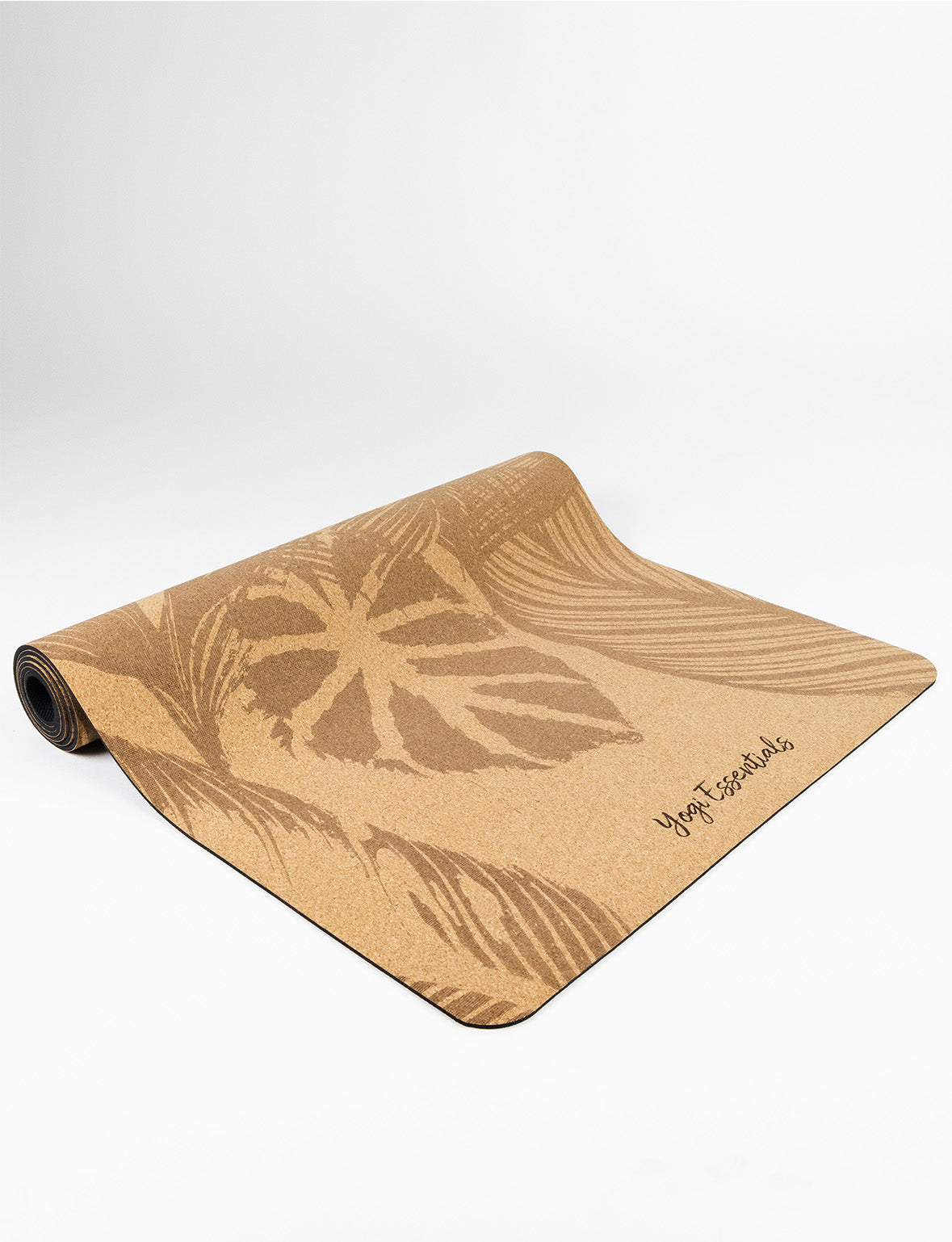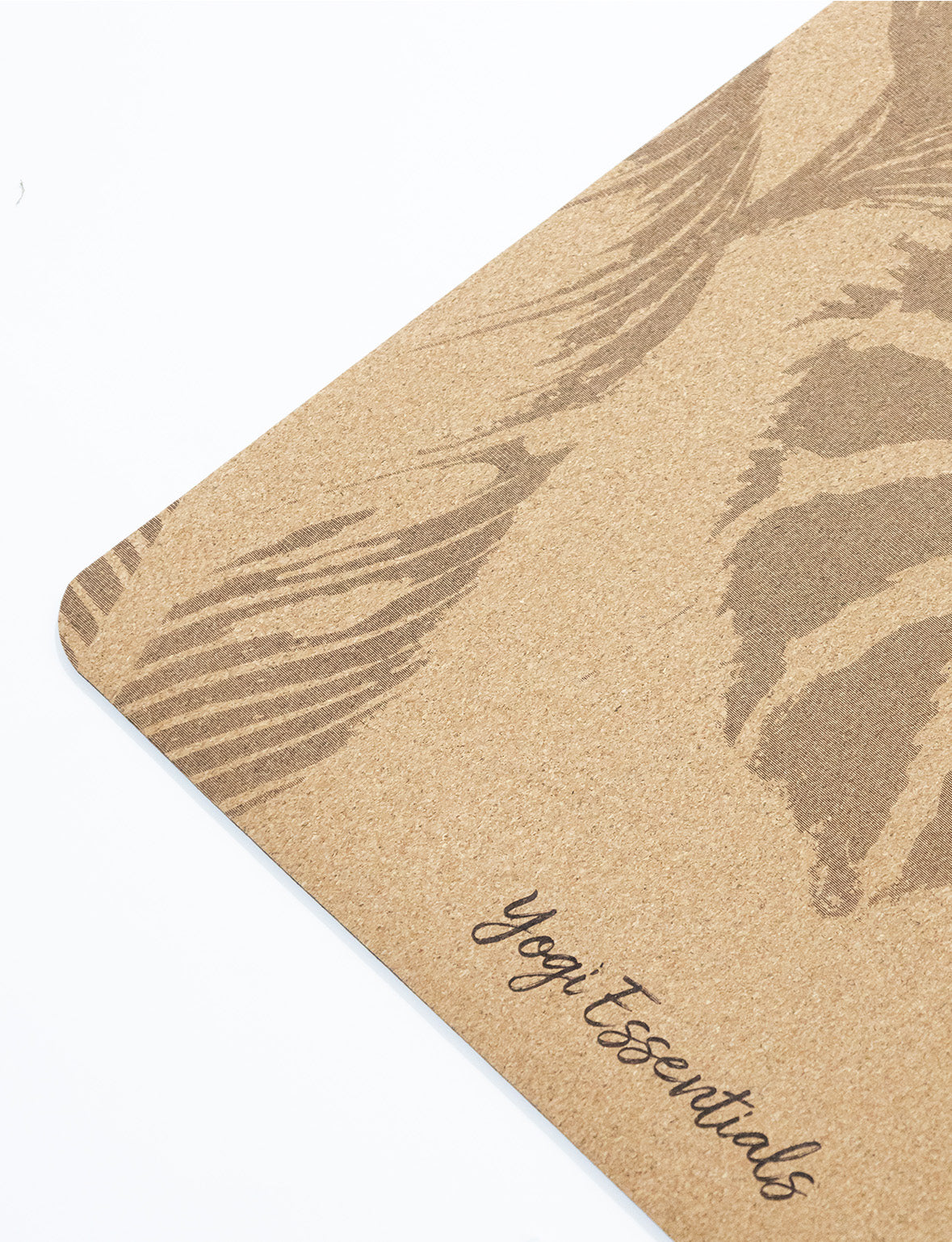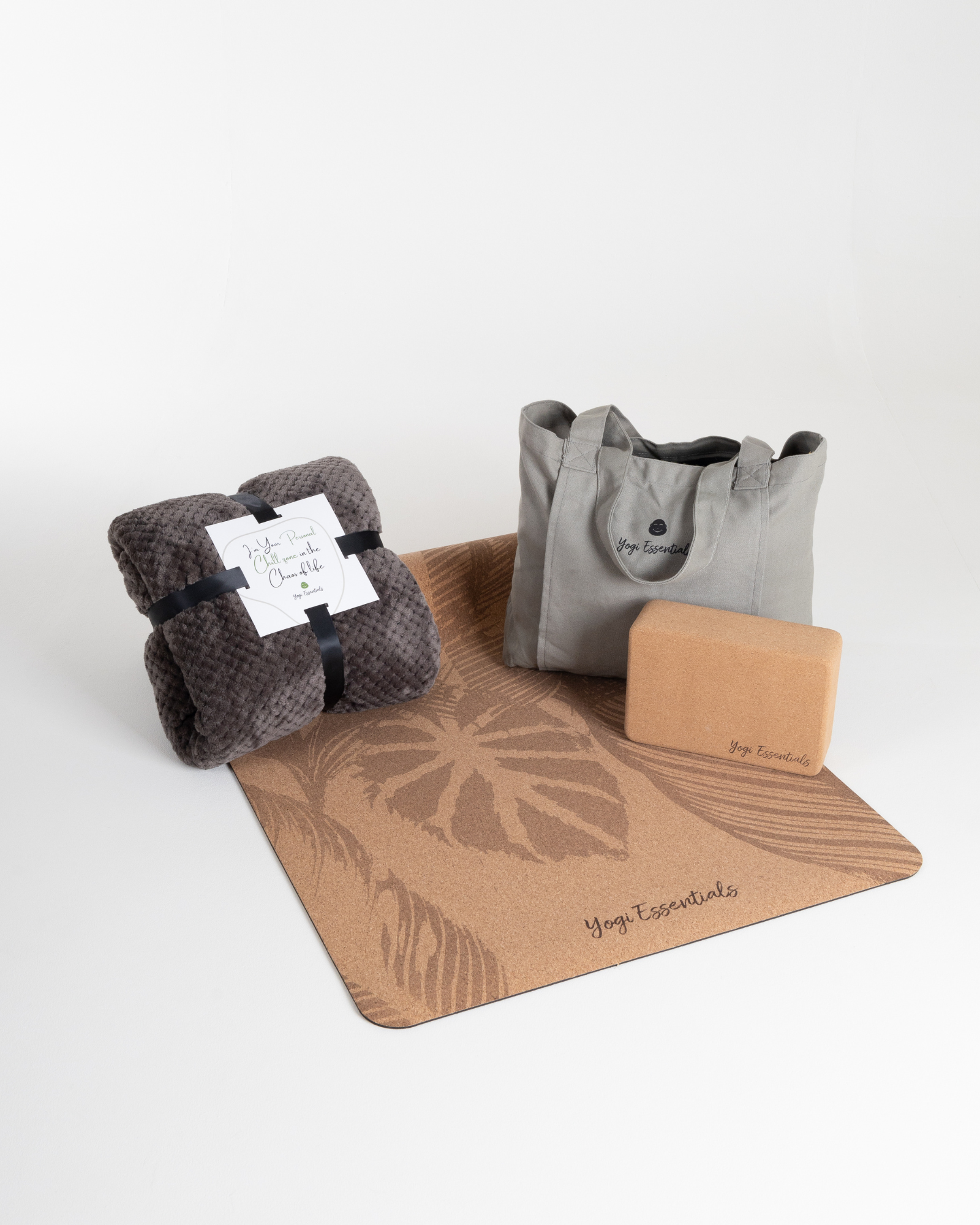Ontdek
Yoga mats for teachers
Filters
Sort Best selling
-
Cork Yoga Mat Premium - The Moon -
Natural Rubber Yoga Mat - Mandala - Dark Blue -
Cork Yoga Mat Premium - The Eye -
Cork Yoga Mat Premium - Fruity -
Natural Rubber Yoga Mat - Mandala - Orange Pink -
Cork Yoga Mat Premium - The Forest -
Microfiber Yin Yoga Mat - Pink Marble -
Natural Rubber Yoga Mat - Mandala - Milk Tea -
NEW Premium Cork Yoga Mat - Alignment -
Microfiber Yin Yoga Mat - Gray Forest -
NEW Natural Rubber Yoga Mat - Alignment - Green -
Cork Yoga Mat Premium -
NEW Reformer Pilates Mat - Green Fade -
NEW Travel Yoga Mat - Microfiber - Green Fade -
NEW Travel Yoga Mat - Microfiber - Pink fade -
NEW Natural Rubber Yoga Mat - Alignment - Black -
NEW Reformer Pilates Mat - Pink Fade
Yoga mats for teachers
As a yoga teacher, you're not just on the mat for your own practice, but also for your students. Your mat isn't just a surface: it's a workspace, a place for demonstration, and sometimes even inspiration. The right mat supports you—literally—through long classes, intensive demonstrations, and your own practice.
A good yoga mat for teachers should be sturdy, durable, and reliable. It should not only suit your body and style, but also the intensity with which you use it. After all, while a recreational yogi practices once a week, you might be on your mat for several hours every day.
In this text, we look at what is important when choosing a mat as a yoga teacher, and which materials and properties really make the difference.
What a Yoga Mat for Teachers Needs
Durability is paramount. A mat that shows signs of wear after just a few months of intensive use will disrupt your focus. That's why it's important to choose materials that can withstand daily use, frequent rolling, and prolonged pressure.
You also want a mat that's versatile: suitable for different styles, different postures, and different spaces. Whether you're teaching in a warm classroom, a cool studio, or outside on the grass, your mat needs to be reliable.
Finally, comfort also plays a role. Especially if you do a lot of demonstrations where you rest on your knees or elbows, you want a mat that provides cushioning without sinking into the softness.
PU rubber : grip and stability in every lesson
Many yoga teachers choose a PU rubber mat for its unparalleled grip and solid base. The combination of natural rubber and a PU top layer ensures your hands and feet stay firmly in place, even if your mat gets a little damp from heavy use after several classes.
PU rubber mats are also durable. They retain their structure and grip much longer than the average TPE mat, making them a smart investment for teachers who use their mats daily.
Especially with styles such as hatha, vinyasa or ashtanga, where grip and fluid movement are essential, a PU rubber mat is a reliable choice.
PU cork : natural and self-healing
For teachers who work with more tranquil styles—such as yin yoga or restorative—a cork top layer can be a wonderful addition. Cork feels warm, natural, and soft under the hands and feet. Moreover, cork has natural antibacterial properties, which is helpful if you teach multiple classes in a row without having to thoroughly clean your mat in between.
Cork mats also repair themselves after light pressure, meaning they stay beautiful longer, even with frequent use. They offer a soft grip that strengthens as your mat becomes slightly damp – ideal for demonstrating long poses.
Velvet : for specific styles
For yoga teachers who frequently work with yin, restorative, or meditative classes, velvet mats offer a unique experience. The velvety-soft top layer feels warm and inviting, which not only increases your own comfort but also enhances the atmosphere of your class. The softness of the velvet promotes relaxation and makes longer poses more comfortable, both physically and energetically.
At the same time, velvet mats offer sufficient grip to maintain stability in relaxed standing poses. They are ideal for classes that focus on slowing down, feeling, and softening. Furthermore, velvet mats have a stylish and calming appearance – a beautiful addition to any studio.
Practical tips for teachers
When choosing a mat for a yoga instructor, not only the material but also maintenance and appearance are important. Ideally, choose a mat that's easy to clean, so you can quickly be ready for the next class after intensive use. A neutral color can help keep students focused on themselves, not on your mat.
And don't forget: your own comfort during class radiates to your students. A supportive mat gives you the freedom to fully focus on your class.





